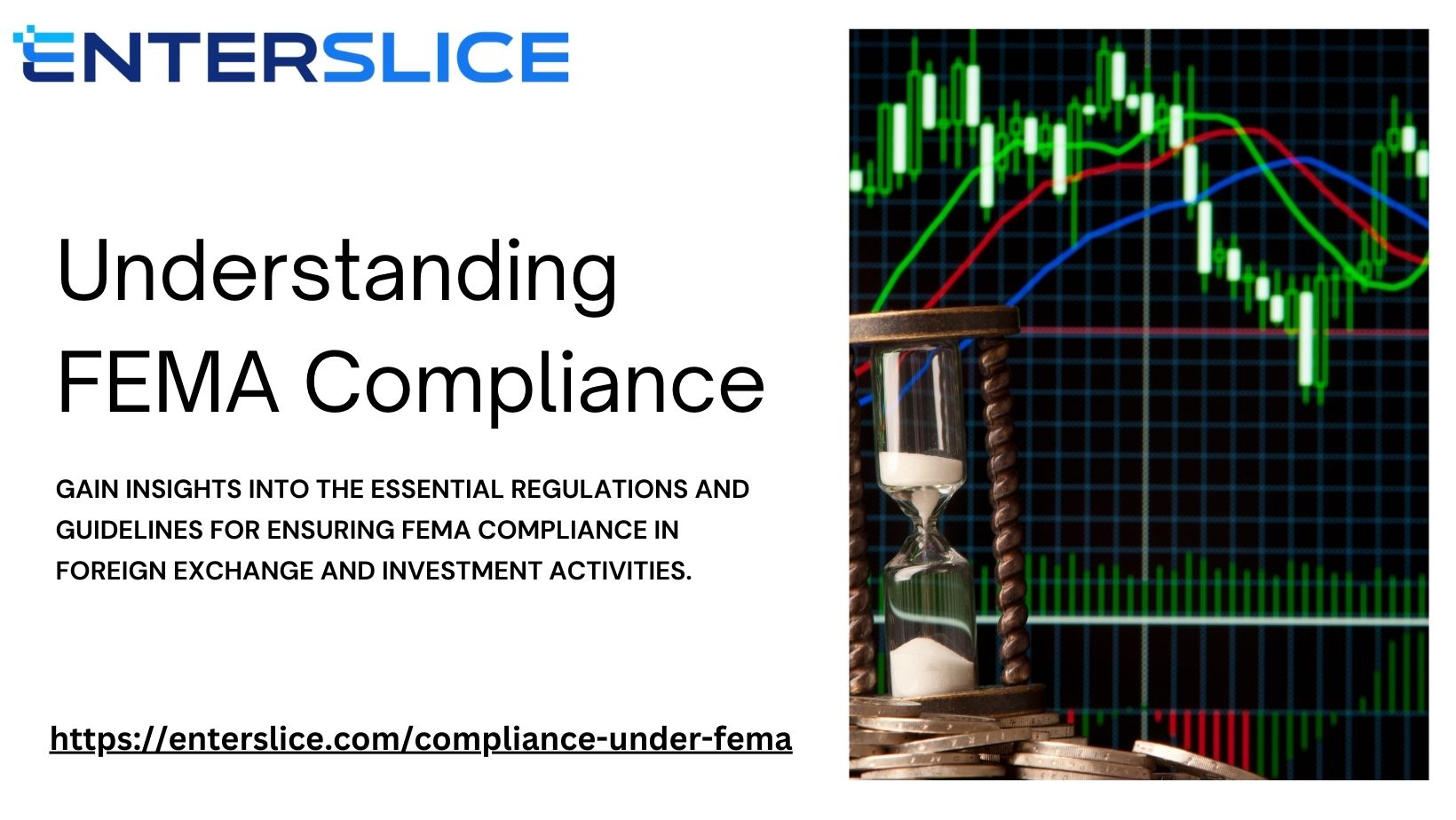Conducting a FEMA (Foreign Exchange Management Act) compliance audit is essential for businesses engaged in foreign exchange transactions. A well-executed audit ensures that your organization adheres to the necessary regulations, preventing legal issues and penalties. This blog will guide you through the process of conducting a FEMA compliance audit straightforwardly and engagingly.
Why is FEMA Compliance Important?
Before diving into the audit process, it’s crucial to understand why FEMA compliance is so important. FEMA is a legal framework that regulates all foreign exchange transactions in India. It covers everything from foreign investments to trade and remittances. Non-compliance with FEMA can lead to hefty fines, legal complications, and even criminal charges. An audit helps identify any areas where your business might be falling short, allowing you to correct them before they become bigger problems.
Step 1: Understand the Scope of the Audit
The first step in conducting a FEMA compliance audit is to clearly define its scope. This involves identifying the areas of your business that are subject to FEMA compliance in India. Some common areas include:
- Foreign investments (inward and outward)
- Import and export transactions
- Loans and borrowings in foreign currency
- Repatriation of income and assets
- Establishment of branch offices, liaison offices, or project offices abroad
Understanding the scope will help you focus your audit on the most critical areas of compliance.
Step 2: Gather Necessary Documents and Data
Once the scope is defined, the next step is to gather all relevant documents and data. This could include:
- Foreign exchange contracts
- Invoices for imports and exports
- Bank statements
- Legal agreements with foreign entities
- Documentation of foreign investments
- Records of any prior compliance audits or assessments
Having all these documents organized and readily available will streamline the audit process and ensure that nothing is overlooked.
Step 3: Review Compliance with FEMA Guidelines
Now it’s time to dive into the actual audit. This involves reviewing the collected documents against FEMA guidelines. Here’s what you should be looking for:
- Accuracy: Ensure that all foreign exchange transactions are accurately recorded and reported.
- Timeliness: Check that all required filings and reports have been submitted to the appropriate authorities on time.
- Adherence to Limits: Verify that transactions comply with the permissible limits under FEMA regulations (e.g., investment limits, borrowing limits).
- Documentation: Ensure that all transactions are backed by the necessary documentation, as required by FEMA.
It might be helpful to create a checklist based on FEMA requirements to ensure that every aspect is thoroughly reviewed.
Step 4: Identify and Address Non-Compliance Issues
During the review, you may identify areas where your business is not fully compliant with FEMA regulations. It’s important to document these findings. For each issue, consider the following steps:
- Root Cause Analysis: Determine why the non-compliance occurred. Was it due to a lack of knowledge, inadequate processes, or human error?
- Action Plan: Develop a plan to correct the issue. This might involve re-submitting reports, updating documentation, or revising internal procedures.
- Training: If non-compliance is due to a lack of knowledge, consider providing additional training to relevant staff to prevent future issues.
Step 5: Implement Corrective Actions
After identifying non-compliance issues, it’s time to implement the corrective actions you’ve planned. This step is critical to ensure that your business meets all FEMA requirements moving forward. Corrective actions might include:
- Updating policies and procedures to reflect FEMA regulations
- Revising documentation to ensure accuracy and completeness
- Improving communication and training within your organization to prevent future compliance issues
Step 6: Report the Findings
Once the audit is complete, compile a detailed report of your findings. This report should include:
- A summary of the audit scope and objectives
- Details of the review process
- A list of compliance issues identified
- Recommendations for corrective actions
- A timeline for implementing corrective measures
This report will serve as a valuable reference for your organization and can be used to demonstrate compliance to regulatory authorities if needed.
Step 7: Monitor Ongoing Compliance
FEMA compliance is not a one-time task; it requires ongoing attention. After the audit, establish a system for regular monitoring and periodic reviews. This might involve setting up internal controls, scheduling follow-up audits, and staying updated on any changes in FEMA regulations.
Conclusion
Conducting a FEMA compliance audit may seem daunting, but it’s a critical step in safeguarding your business from potential legal and financial risks. By following these simple steps—defining the scope, gathering documents, reviewing compliance, addressing issues, and monitoring ongoing adherence—you can ensure that your organization remains compliant with FEMA regulations. This proactive approach not only helps avoid penalties but also builds a strong foundation for long-term business success.
